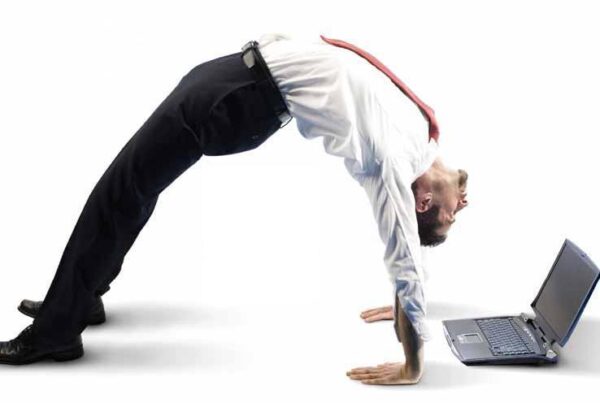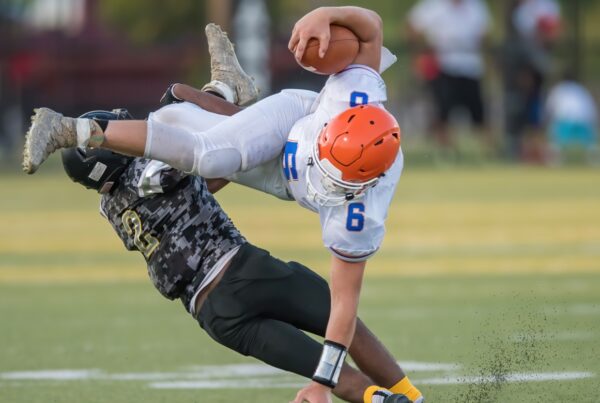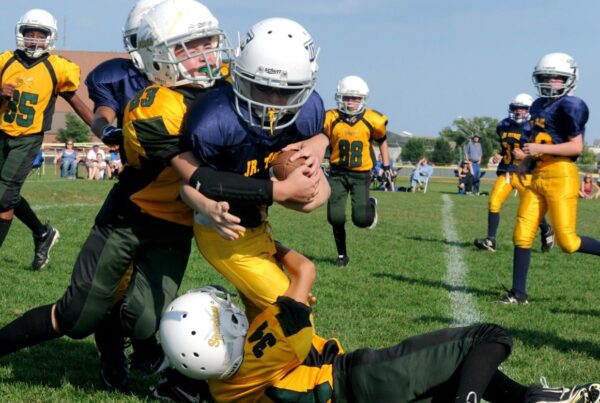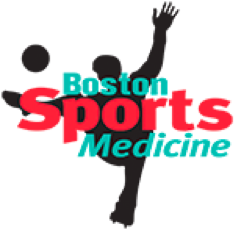by Megan Heber
As a second year graduate student at Simmons College, on my first long term clinical at Boston Sports Medicine, I am asked quite frequently what I am doing here and whether or not I actually know what I’m doing. The purpose of this post is to discuss what it means to have a student in a clinic, the education I have received thus far in my graduate program, and the benefits to having a student physical therapist as one of your care providers.
What follows is a brief and shortened background of just some of the classes I have taken and what classes I will take in my upcoming semesters. I have received a Bachelor’s degree in Exercise Science from Simmons College. Since June of 2011, I was enrolled in a full year of courses beginning with a 9-week intensive gross anatomy human cadaver course at the Harvard Medical labs, where we performed full body dissections. After making it through the summer, the fall focused on the “fundamentals of movement science”, which emphasized the evaluation of normal human movement. The goal of this course was to introduce students to what typical movement patterns are and how they are affected by various pathological conditions.
I have also taken part in “Integrated Clinical Experiences” also known as ICEs. ICEs take place once per week throughout each semester where students are required to go to a clinical site and shadow a Physical Therapist for the day. The purpose is to be exposed to different clinics, environments, and different patient populations.
Now, onto the spring and summer semester courses! The focus in the spring was orthopedics, where I was enrolled in a course emphasizing the breakdown of typical diagnoses seen in clinical settings. These diagnoses were organized by joint, such as the shoulder as well as the entire complex of the spine, discussing typical examination findings and how to interpret said findings, as well as the different interventions that can be performed on patients. This course allowed us to work on specific case studies and devise plans of care based around each patient within the case study. Also, I participated in a course specific to modalities, such as ultrasound and electrical stimulation, learning about their effects in the healing process of patients, and of course how to safely use them on patients.
Along with every course there are labs, which are especially important. The labs are where we practice hands on techniques with other students. We spend numerous hours in the lab practicing various treatment techniques to ensure comfort and proper application of each technique. We are tested in both written and practical formats, where we have to perform manual therapy in front of our professors as if we are practicing on patients with specific diagnoses.
In my upcoming semesters I will learn about specific patient populations, such as pediatrics and patients with complex conditions (for example chronic obstructive pulmonary disease). Along with these classes, I will also take part in two more 15-week clinical experiences before graduating in May of 2014. As you can see, a second year physical therapy student has already and will continue to receive an education that ensures we are able to practice in a clinic setting such as this.
Clinical experiences, like the one I am currently on, are so important for physical therapy students. It enables us to be more prepared when we are finished with school and move on to the real world. I am able to work with people with actual complaints and injuries instead of my healthy classmates.
Dr. Merson, my clinical instructor and physical therapist at Boston Sports Medicine, supervises me throughout my 15-week experience. I discuss patient’s plans of care and what treatments would benefit you, the patient. He oversees my treatments and works with me to improve such things as manual therapy, clinical reasoning, jargon with patients, and progressions of different exercises, just to name a few. Because I am still in the process of becoming a physical therapist, I am given the guidance from Dr. Merson to better my skills with each individual patient and case.
From a patient’s perspective, you are given double the attention and care if your physical therapist has a student. You have the experience of a practicing care provider but you also have someone who is currently learning the newest developments and techniques in the field of physical therapy, and of course two heads are better than one!
Having patient contact and being able to have this experience is amazing and very necessary to go through in order to become a great physical therapist. Every trained and certified physical therapist today was a student at one point in time and going through what I am going through now. I could not be more grateful to all the patients I have been able to work with and for them being confident in me and my skill set to treat them. It helps me to gain more perspective on the human body, because it all comes back to the fact that everyone out there is different.
Megan Heber is a Physical Therapy Doctorate Degree candidate at Simmons College on clinical rotation at Boston Sports Medicine



